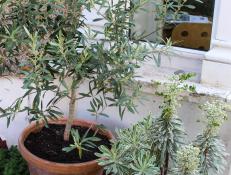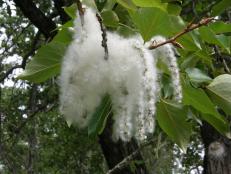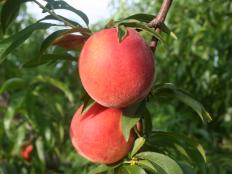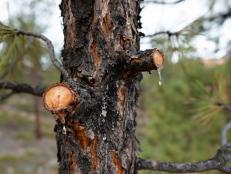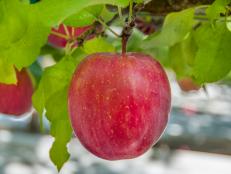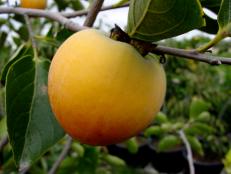The Carolina Silverbell
Grow this pretty shade-loving tree in your landscape.

Carolina silverbell (Halesia tetraptera) is an American native tree, well suited for use as a landscape ornamental. It is a readily available tree that belongs to a small genus of similar species, mostly native to North America (with one Chinese exception).
General Description
Carolina silverbell (a.k.a. bell tree, snowdrop tree) is a medium size deciduous tree, growing 30 to 40 feet tall and 20 to 35 feet wide. Often it grows with a narrow oval crown, but it also may divide into several leaders forming a much broader canopy. The leaves are a dark yellow-green, turning yellow in fall. The white, bell-shaped flowers are borne in clusters of two to five in the leaf axils, appearing in spring. They bloom just prior to, or at the same time as the foliage emergence. In fall, the 1-1.5 inch seed bearing fruits ripen to brown. This tree performs especially well in light shade and is hardy in zones 4-8.
Short History
Not as showy as dogwood or redbud, Carolina silverbell is a subtle charmer that graces the understory of slopes and stream banks in southeastern forests. This species ranges from West Virginia, Ohio and Illinois to Florida and eastern Oklahoma.
Botanically speaking, the American silverbell species seem a bit confusing. Botanists diverge in their recognition and naming of the two or three species and varieties. Halesias appear throughout the Southeast. The main differences being size (which can vary within the species) and range (which overlaps). In addition to the one described, there is a shrubby one and a giant one, both sharing many similarities, that may or may not be either variations of the same species or different species altogether. As a consumer there is no real need to worry over these details, just look for the one labeled Carolina Silverbell.
Carolina silverbell is known as bellwood or tisswood in the craft trades. The wood is soft with white sapwood and reddish heartwood that may be marked with white streaks. The lumber value is not of great economic importance, however wildlife hold the tree in higher regard. Squirrels love the ripe fruits, and use the tree for nesting. Bees frequent the blooms for nectar while in season.
Planting
Plant Carolina silverbell in the filtered shade of widely spaced mature trees, where the dappled sunlight will provide just enough of the sun’s energy to bloom profusely without burning the foliage. The flowers are best viewed from below, so this convenience should play a role in siting. Choose a container grown specimen and amend the soil to ensure a rich, acidic, well drained situation. Add plenty of organic matter to the planting hole, and mulch well to provide consistency of soil moisture.
Maintenance
If the native soil is of a high pH, use aluminum sulfate periodically to bring it down below 6.5. Always check pH before treatment.
A Few Landscape Cultivars
- ‘Arnold Pink’
- ‘Wedding Bells’







